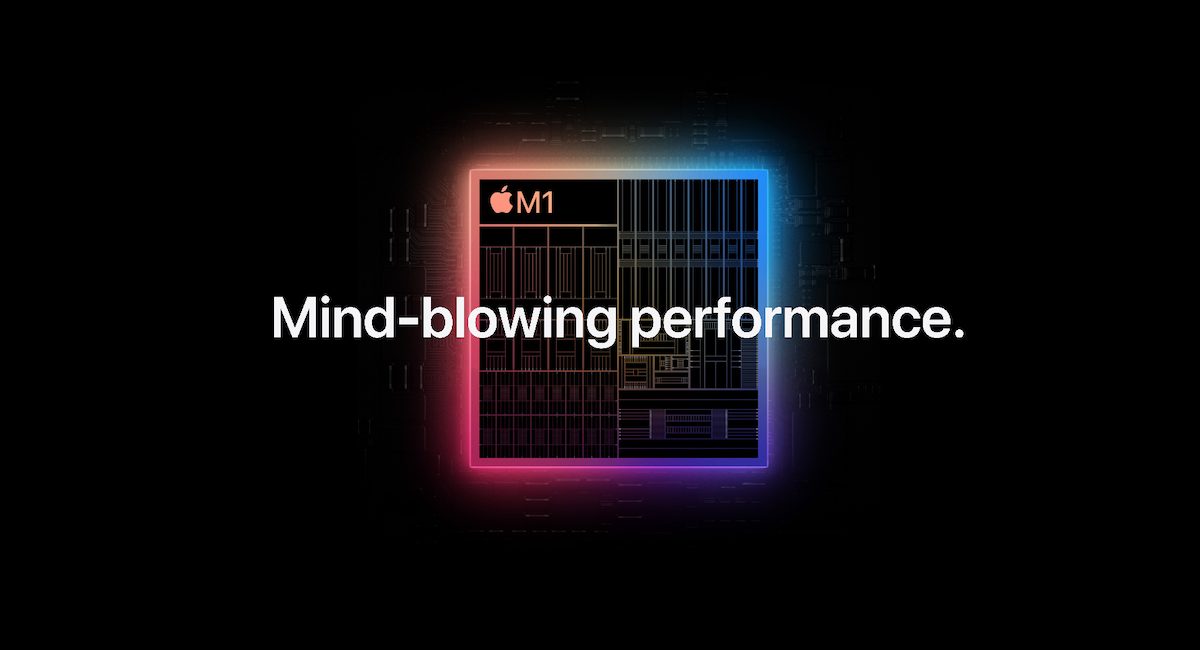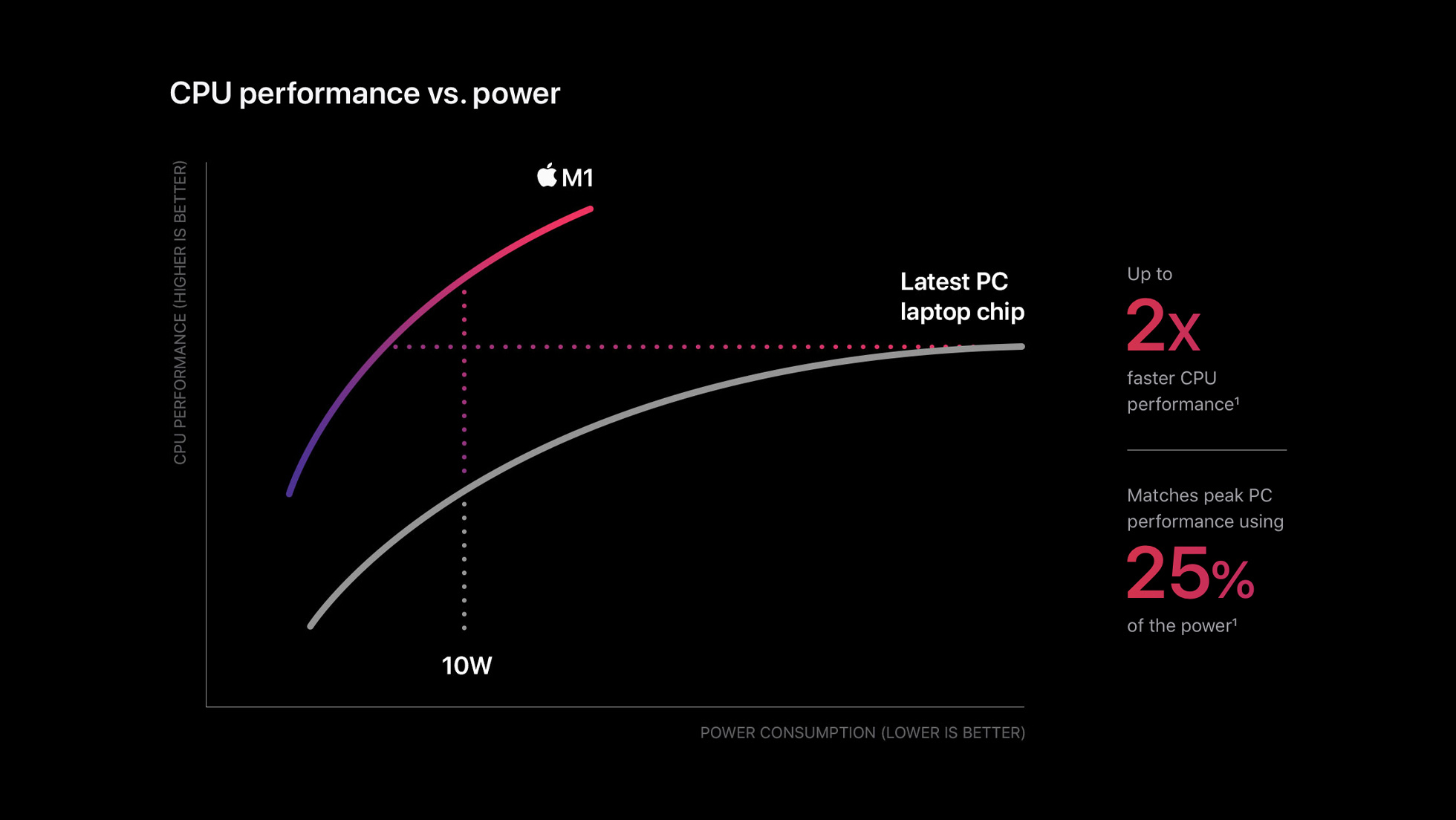Apple introduced the M1 chip in 2020 as part of Macs’ transition from Intel processor to custom-built Apple Silicon. At the time of launch, the company flaunted that its system on chip (SoC) delivers up to 3.5 times faster CPU performance with 2 times longer battery life than Intel Macs. Tom Guide put Apple’s chip to test and found that the chip’s performance and battery life are incredibly close to the company’s claims. For, such “stellar performance and record-breaking battery life”, the M1 chip is the publisher’s breakthrough technology of 2021.
To discuss the exceptional performance, especially the power efficiency of first-generation Apple Silicon, Tom Guide sat down with Tim Milet, Apple’s vice president of platform architecture, and Bob Borchers, Apple’s vice president of marketing.

Apple M1 chip wins Tom Guide’s Breakthrough Award 2021 for stellar performance and record-breaking battery life
Apple claims the M1 chip delivers 17 hours of battery life, and Tom Guide found that the battery of the new13-inch M1 MacBook Pro gave 16 hours and 25 minutes of web browsing time. The web-surfing time on the Intel MacBook was 10 hours and 21 minutes. The M1 Apple Silicon has given the new Macs additional 6 hours and 4 minutes battery life which is a “huge difference” and that is exactly what Apple’s engineers aimed for. Tim Milet explained that;
“If somebody else could build a chip that was actually going to deliver better performance inside that enclosure, what’s the point? Why would we switch? And so for my chip architects, that was the target.”
Profoundly amazed by the M1 chip’s power efficiency, Bob Borchers shared that they thought the battery indicator was broken when very little power was used in hours of playing time.
“When we saw that first system and then you sat there and played with it for a few hours and the battery didn’t move, we thought ‘Oh man, that’s a bug, the battery indicator is broken. And then Tim’s laughing in the background, ‘Nope, that’s the way it’s supposed to be’ and it was pretty phenomenal.”

For Mac transition from Intel to Apple Silicon, Apple also introduced Rosetta 2 software to allow old apps to run on M1 Macs. And that inclusive approach makes “Apple Silicon viable on Macs”. Millet said;
“We started a small project years before we started transitioning to Silicon to try to make sure that we could actually deliver the second generation of Rosetta in a way that allowed us to do this seamlessly. And we believe that was a huge part of the transition story…everything worked out of the box as expected.”
Apple introduced the M1 chip in 13-inch MacBook Air, 13-inch MacBook Pro, Mac mini (2020), 24-inch iMac, 12.9-inch iPad Pro, and 11-inch iPad Pro. It is reported that the company will launch new 14-inch and 16-inch MacBook Pro models with advanced M1x chip later this year and MacBook Air with M2 chip in 2022.
Read More:
- Apple is selling more M1 Macs than Intel-based Macs, says CEO Tim Cook
- M1 iPad Pro review round-up: lives up to its Pro name but still does not come close to M1 Mac
- Surface Laptop 4 vs M1 MacBook Air – features and price comparison
- M1 MacBook Pro is 3.6x faster than Intel MacBook Pro at machine learning
- M1 iMac reviews and unboxing videos round-up